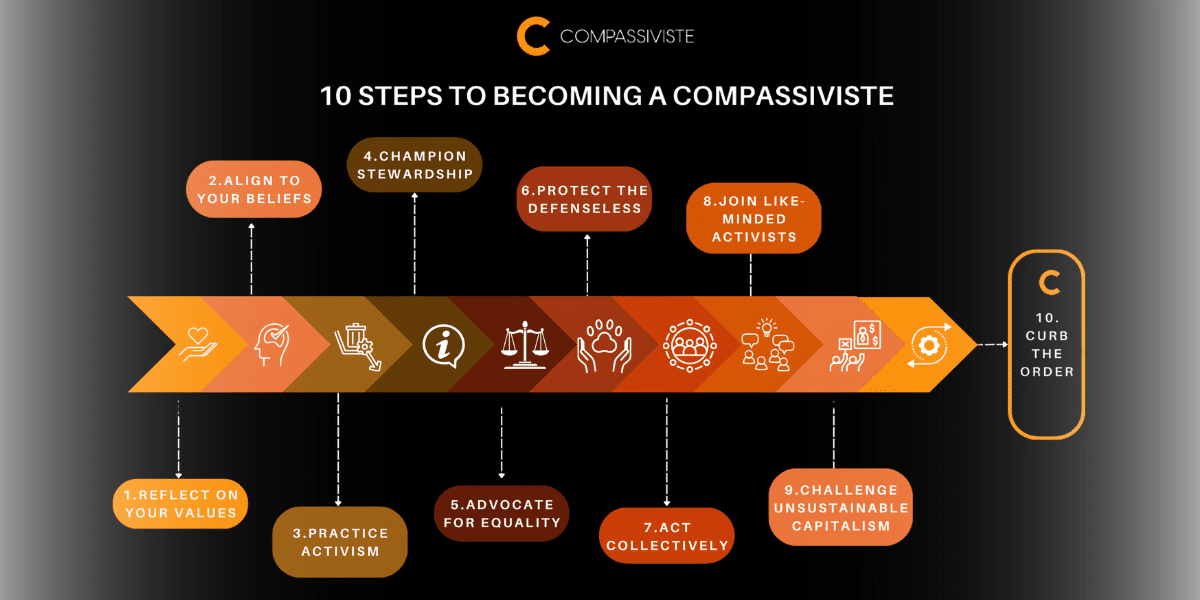By: Navin Kamuni
In the ever-evolving landscape of artificial intelligence, Deep Reinforcement Learning (DRL) stands as a beacon of a new era. This innovative approach transcends the traditional boundaries of AI, moving beyond machines programmed with rigid, pre-defined rules. Instead, DRL ushers in an age where systems are not just coded but nurtured to learn, grow, and adapt. Picture a form of AI that doesn’t just execute tasks but understands its environment, responding and adapting with a near-human touch. This evolution mirrors the learning journey of a human child, gaining knowledge not from instructions but from rich, experiential interactions with the world.
This paradigm shift is embodied in DRL, where AI is viewed as a dynamic entity that can continuously improve its understanding and actions through interactions and experience. DRL has the potential to produce machines that are more than just tools; rather, it can create entities that are capable of perceiving, understanding, and interacting with their environment in ways that were previously only found in science fiction. This new stage in AI research and development heralds a future in which intelligent machines are essential to solving complicated issues and improving human capabilities. It also paves the way for previously unheard-of breakthroughs.

Sourced Photo
The image illustrates the contrast and evolution from traditional computer vision and standard reinforcement learning to their “deep” counterparts, emphasizing the shift towards end-to-end training. In traditional computer vision, features are handcrafted at multiple levels before a classifier makes a decision. Deep learning revolutionizes this by learning hierarchical features directly from data, leading to a final prediction. Similarly, standard reinforcement learning relies on manually engineered features for decision-making policies, whereas deep reinforcement learning automates feature extraction, directly mapping raw inputs to actions. This advancement aligns with the transformative impact of DRL discussed in the article, where AI systems learn and adapt organically, improving performance through direct interaction with the environment.
The Fusion of Depth and Adaptability
Deep Reinforcement Learning (DRL) is a novel combination of two potent AI fields: the goal-oriented, adaptive nature of reinforcement learning and the complex pattern-recognition powers of deep learning. AI systems are able to do more than just analyze data thanks to this synergy. Rather, they engage with and absorb information from their surroundings, much like an experienced tactician honing their strategies after every match. AI becomes more skilled and adaptable as a result of these interactions, which refine skills and tactics over time. Beyond mere information processing, DRL learns, grows, and changes, representing an AI level of depth and adaptability never before possible.
Revolutionizing Robotics
Deep Reinforcement Learning (DRL) is bringing about a revolution in robotics. It endows robots with algorithms that let them navigate difficult environments, manipulate objects with astounding accuracy, and carry out tasks that were thought to be human-only. These robots continuously improve their abilities through a process that is similar to learning by doing. Robots are capable of making decisions, evaluating results, and improving their methods through trial and error. This flexibility and autonomy change our perception of and use of robotic technology. This development creates new opportunities for complex industrial tasks as well as subtle interactions in daily life.

Sourced Photo
Transforming Industries with Smarter Decisions
Deep Reinforcement Learning (DRL) is enabling smarter, more efficient decision-making processes, which is dramatically changing a number of industries. It improves trading algorithms in the financial industry, enabling more complex and nuanced market strategies. DRL is essential to the advancement of personalized medicine in healthcare, as it leads to more precise diagnosis and treatment regimens. Furthermore, DRL is helping the logistics sector by improving supply chain management and routing, which boosts productivity and lowers operating expenses. These developments highlight DRL’s adaptability and potential to completely transform a variety of industries.
Navigating the Challenges
Although Deep Reinforcement Learning (DRL) has great potential, there are a lot of obstacles to overcome. A significant obstacle is the need for large datasets and a lot of processing power, which can be prohibitive for many businesses. Furthermore, a crucial problem is still matching AI’s learning processes with moral and social norms. This is particularly crucial as AI systems grow more independent and permeate more facets of daily life. Furthermore, DRL systems face a great deal of difficulty in real-world environments due to their complexity and unpredictability, which necessitates their ability to adapt to a variety of scenarios and conditions.
The Future Beckons
More than just a passing fad, deep reinforcement learning (DRL) heralds a fundamental change in the way machines think and behave. With the advent of this new era, DRL presents AI as a possible human collaborator that can work with humans to solve complicated problems and spur innovation in a range of industries. The paradigm shift in AI holds the promise of redefining our relationship with technology and opening up previously unimaginable possibilities and capabilities. This ground-breaking advancement in AI represents a step toward a time when AI will play a transformative role rather than merely an incremental improvement.
——————————————————————————————————————————————
About the Author – Navin Kamuni:
An AI Visionary and Technology
Innovator
 Sourced Photo
Sourced Photo
Navin Kamuni stands as a notable figure in the realm of contact center technologies and AI innovation. With a career spanning over two decades, he has been instrumental in driving technological advancements in the industry. His expertise extends to the intricate domains of Artificial Intelligence (AI) and Machine Learning (ML), areas where he has demonstrated considerable proficiency and forward-thinking.
Beyond his professional achievements, Kamuni is a revered mentor and guide within the tech community. As an author, Kamuni has ventured into the literary world with his book, “Connect.AI: The New Era of Digital Experiences.” The book encapsulates his deep understanding of AI’s role in transforming digital customer experiences, positioning him as a thought leader in the field.
Kamuni’s contributions extend to writing insightful articles and research papers, and his participation in conferences and seminars has made him a respected voice in the tech community. His commitment to sharing knowledge and inspiring others is evident in his active engagement with various platforms, including IEEE and Medium.com.
For those interested in learning more about Navin Kamuni’s professional journey, achievements, and current projects, his LinkedIn profile offers a comprehensive overview. Connect with him on LinkedIn to explore his extensive experience, publications, and contributions to the field of technology and AI.
In summary, Navin Kamuni is a visionary leader whose work at the intersection of technology and AI continues to inspire and influence the industry’s landscape.












